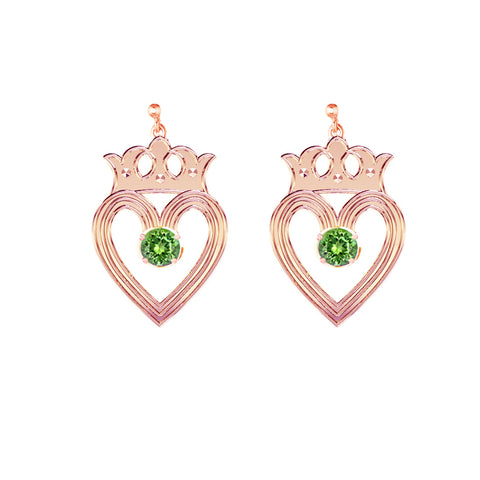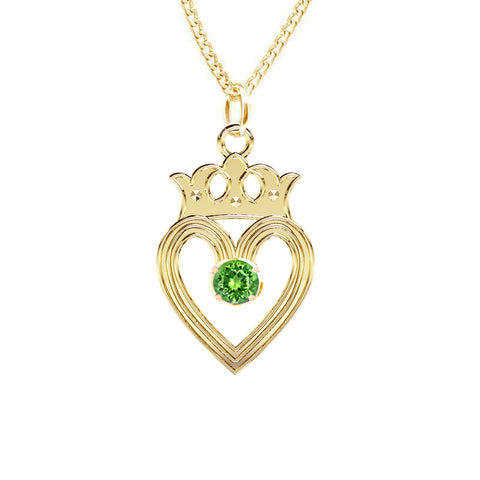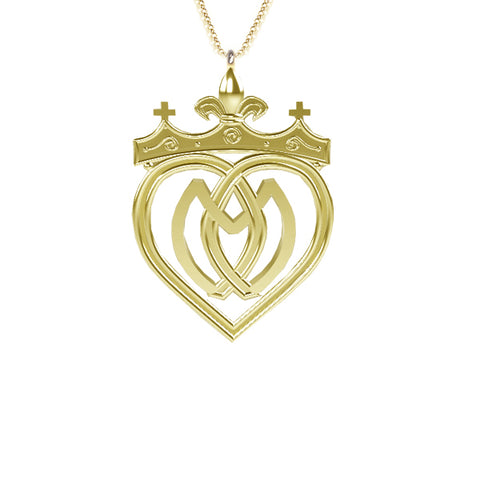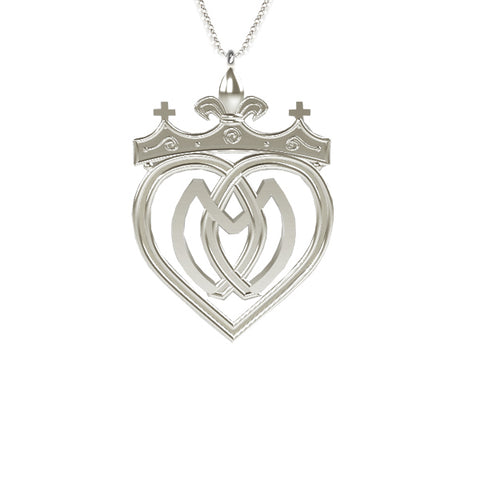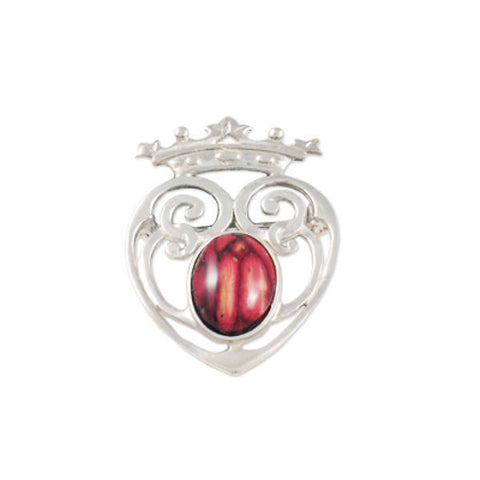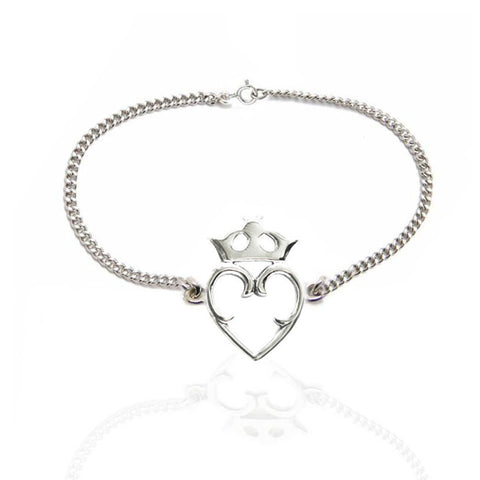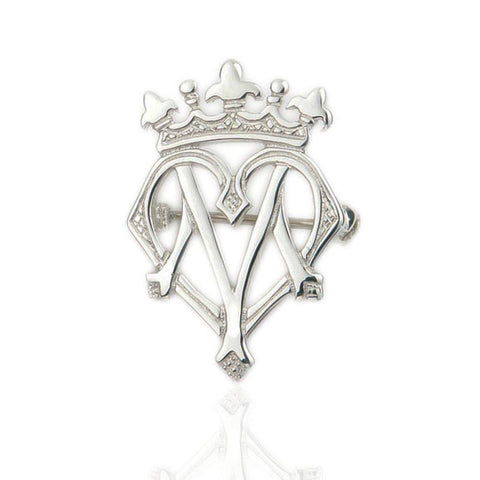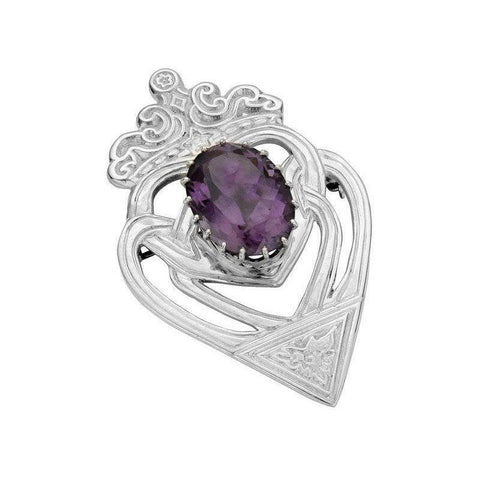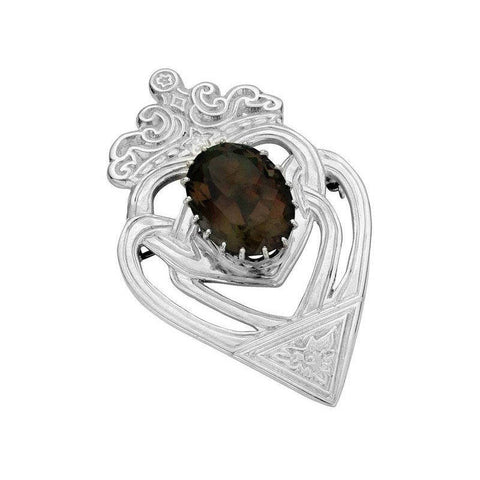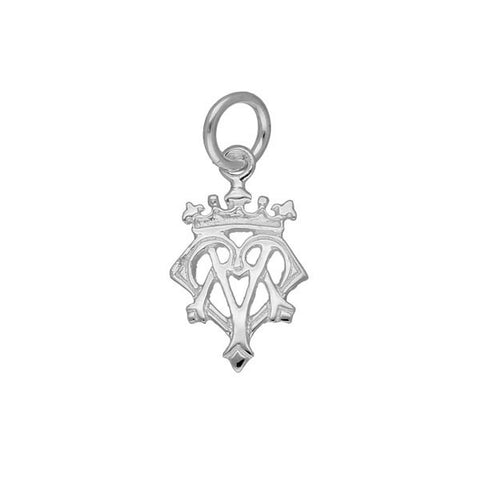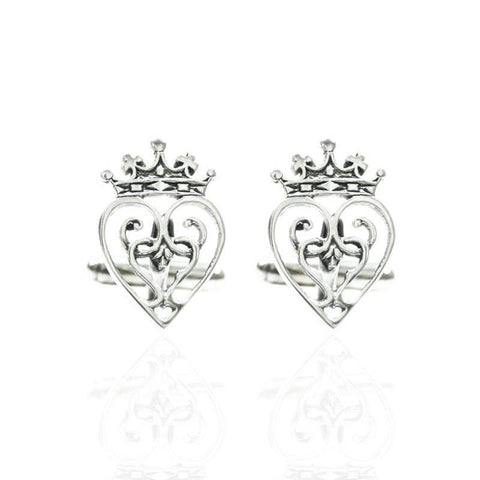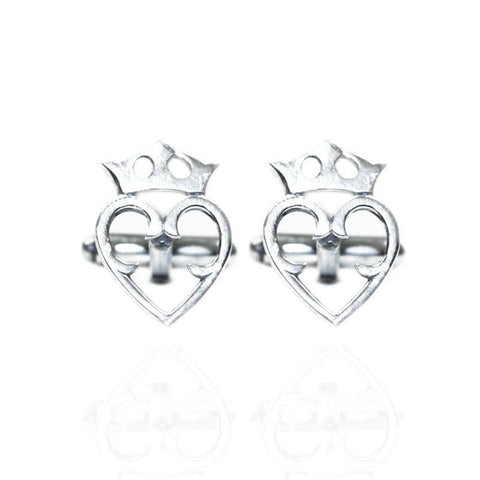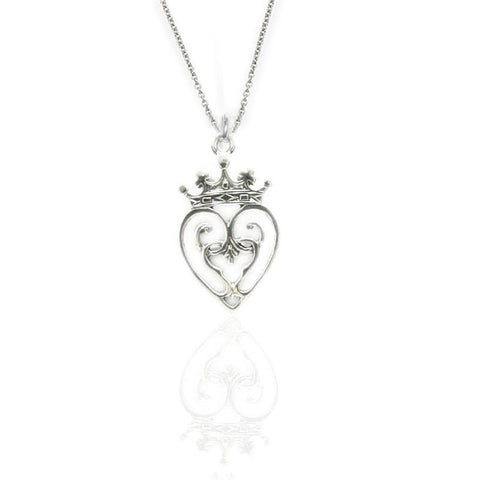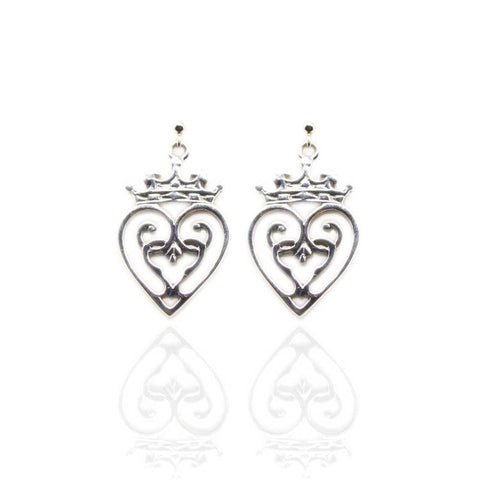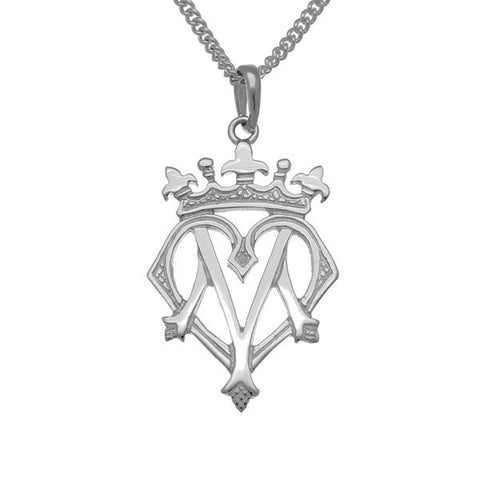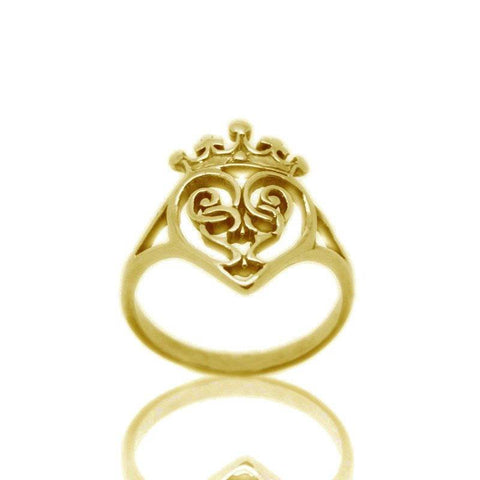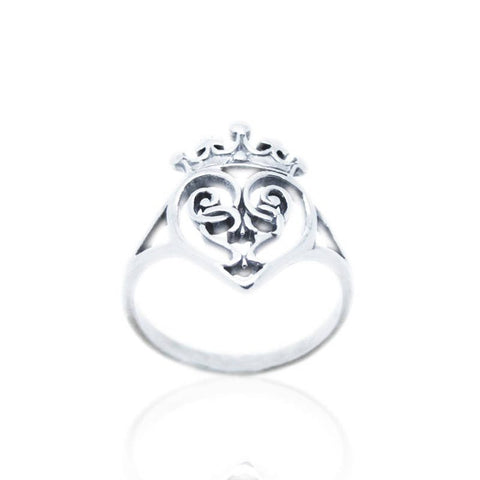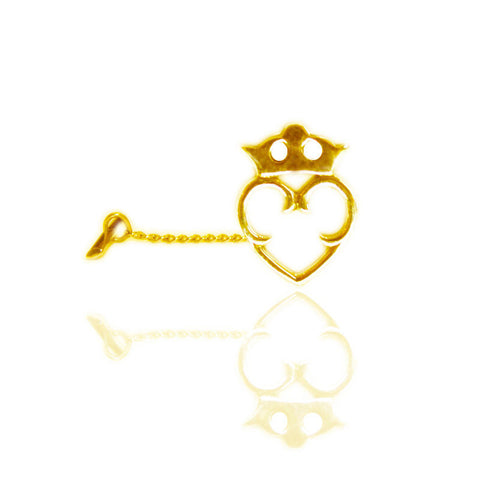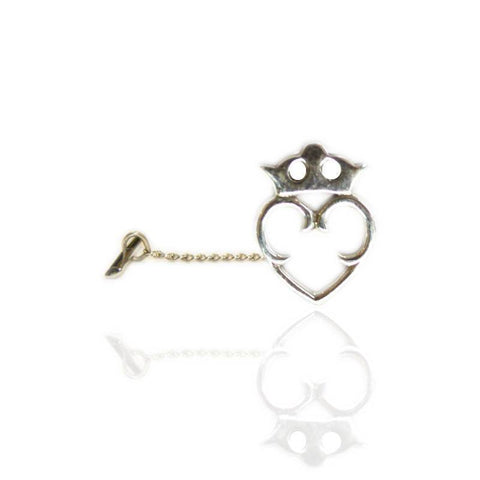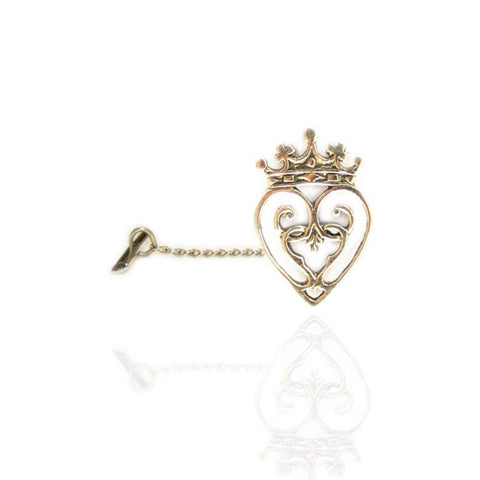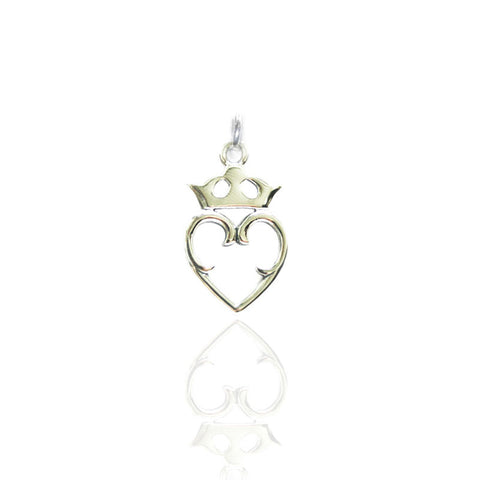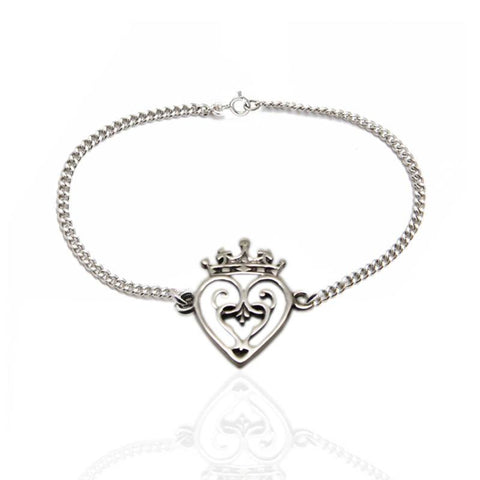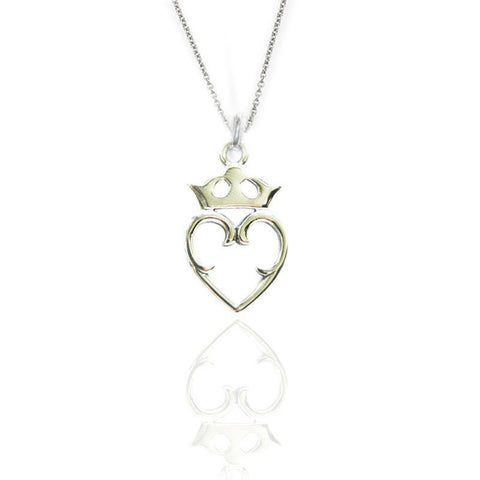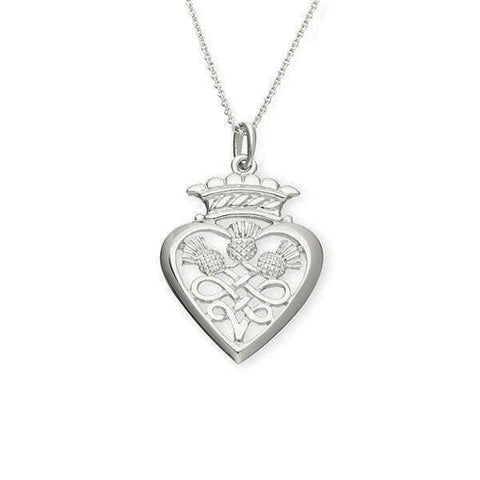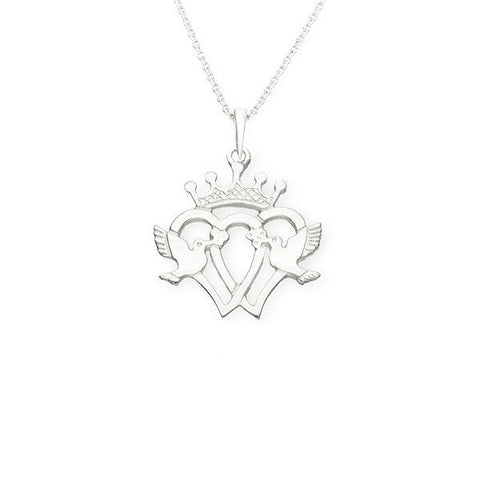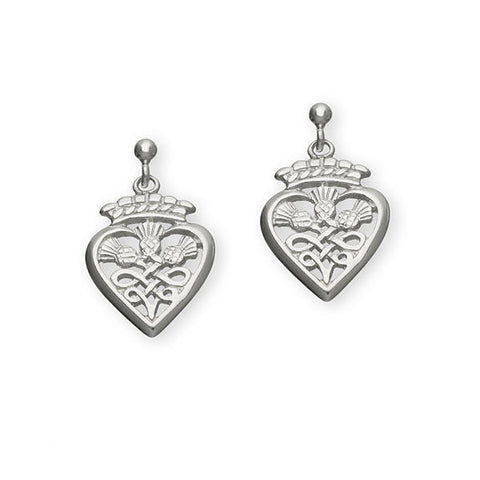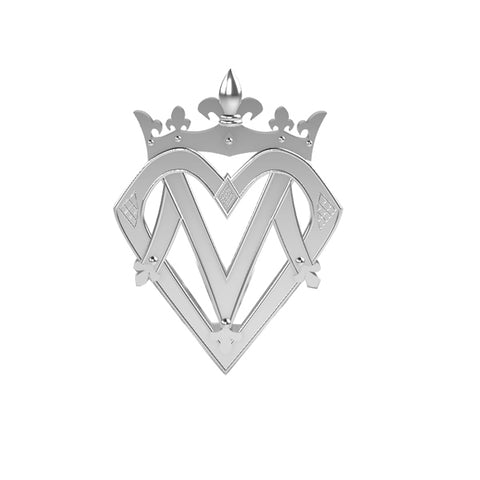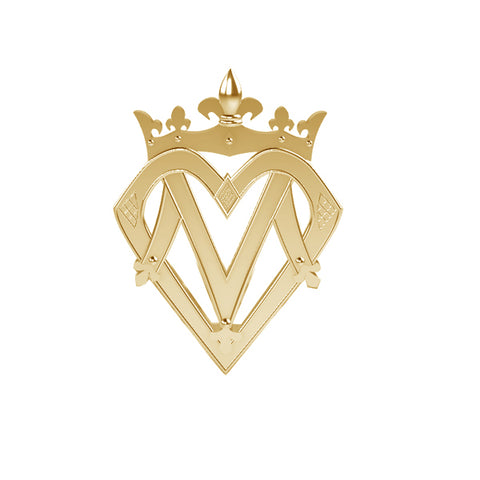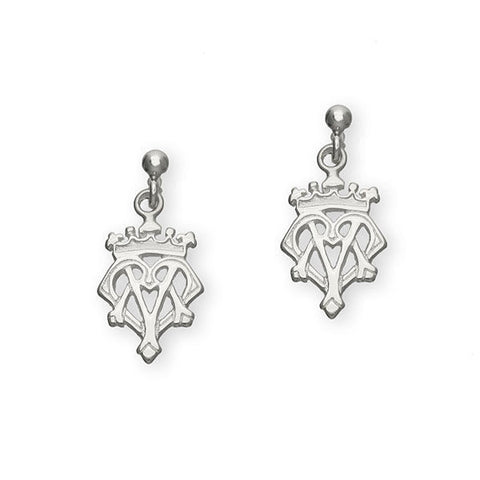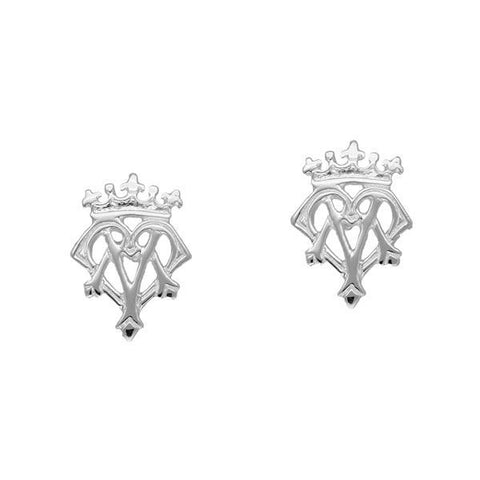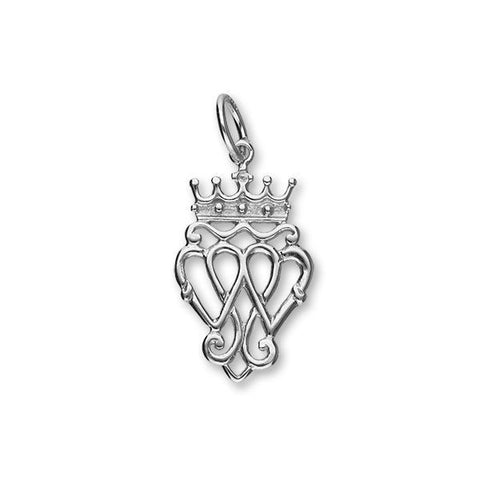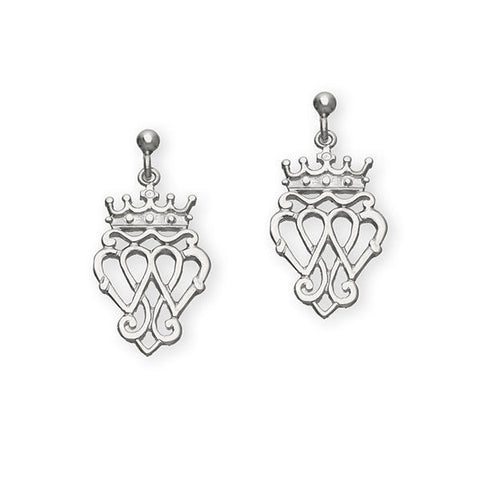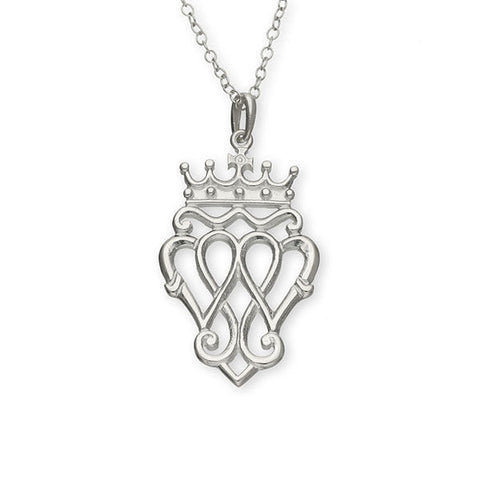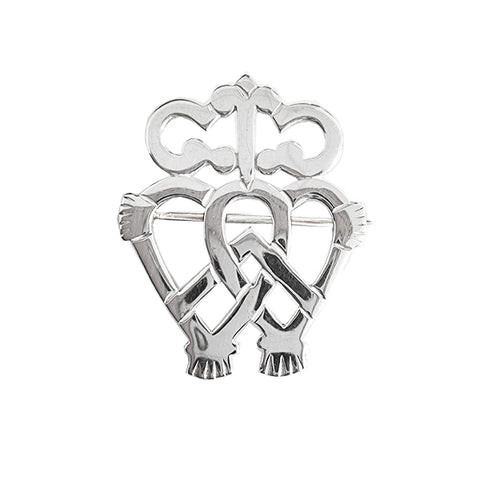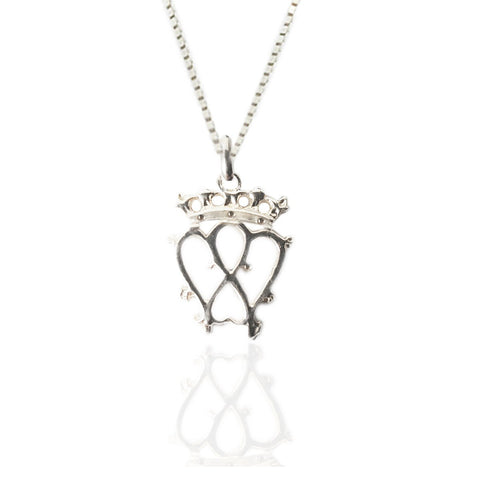SCOTTISH LUCKENBOOTH JEWELLERY
The History and Significance of Luckenbooth Brooches
Luckenbooths are one of the oldest and most distinctive traditional Scottish jewellery designs and are strongly associated with Edinburgh. Traditionally made of silver and set with gemstones, luckenbooths typically have a single or two intertwined hearts, often with a crown motif.
The earliest known examples of the luckenbooth design date back to 1503 and were traditionally sold from the stalls and shops of the jewellery and trinket merchants outside St Giles Cathedral on Edinburgh’s High Street (the Royal Mile). Built in the 16th century, these new stalls were part of an area of the street that became known locally as the ‘luckenbuiths’ (‘locking booths’) and it is from here that the merchants would trade and where the luckenbooth brooches took their name.
Traditionally used as a token of love, luckenbooths were often passed down from mother to daughter in Scottish families, given to a partner as a token of love in much the same way as wedding and engagement rings are given today or given to new-born babies as a Talisman to protect the infant from harm. Legend has it that Mary Queen of Scots received a luckenbooth from Lord Darnley.
While the brooch was the traditional form of the luckenbooth, the motif has carried over to other forms of jewellery and the luckenbooth remains one of the most popular emblems of Edinburgh and Scotland.

